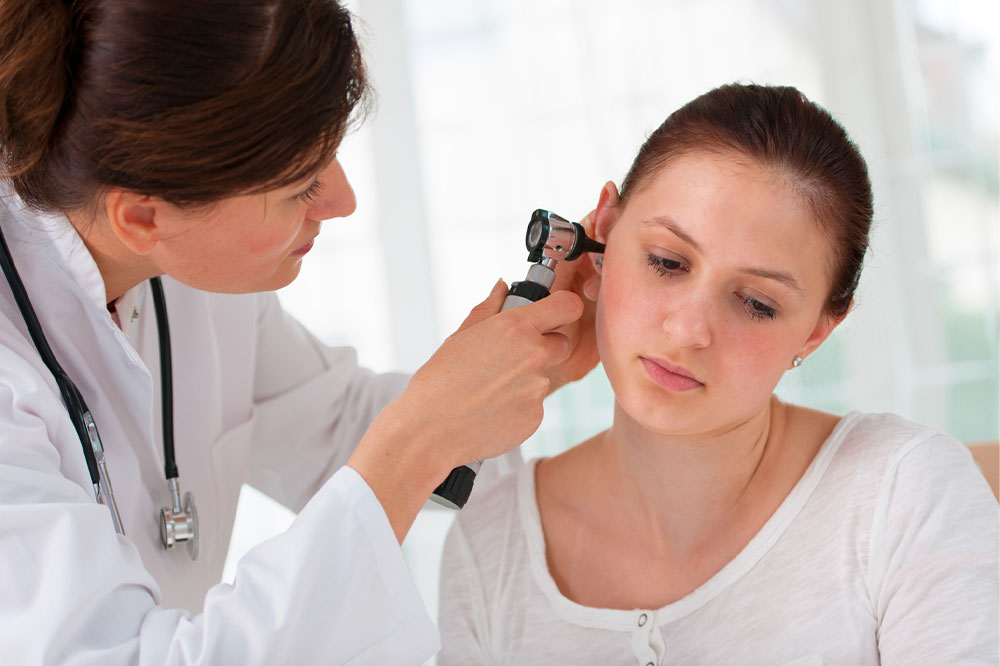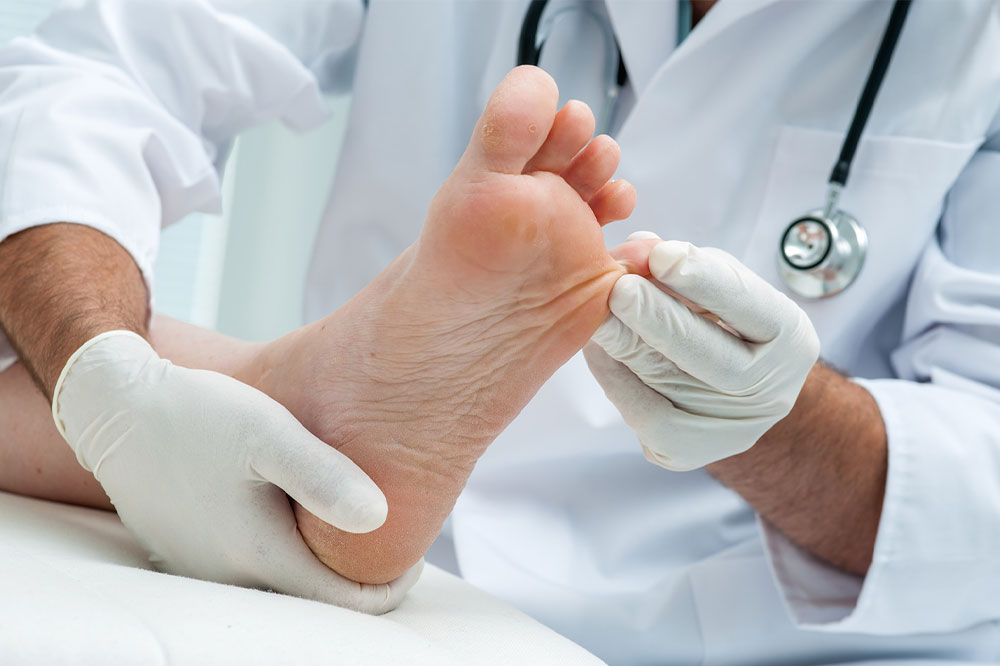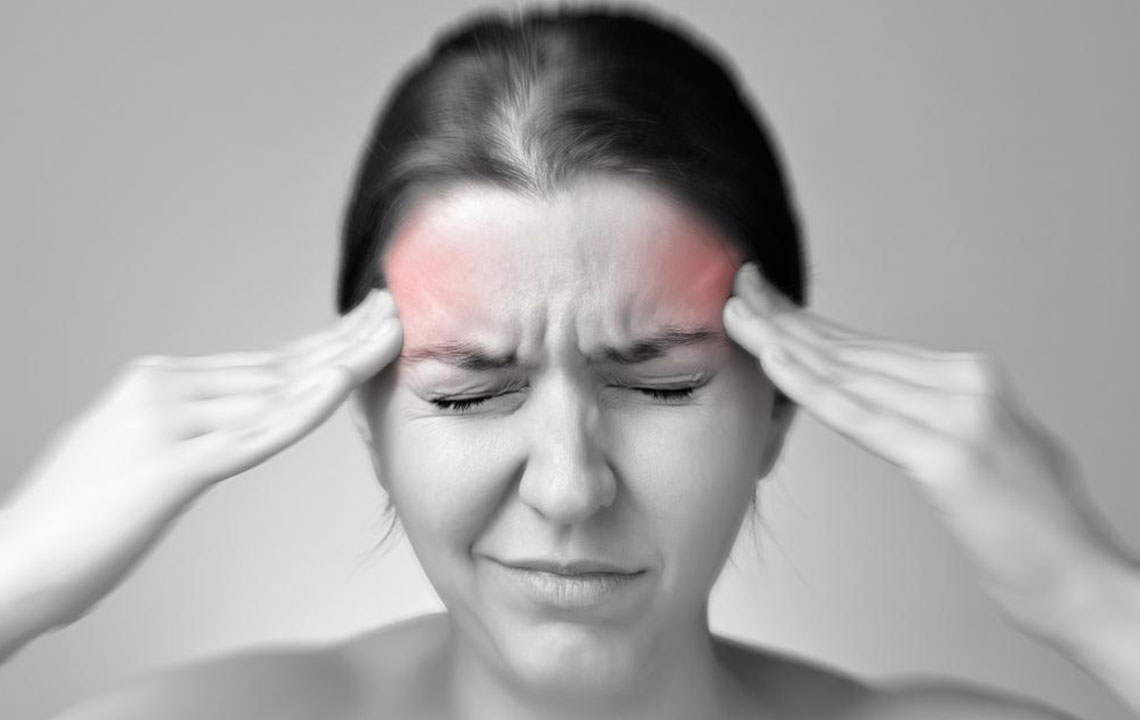Understanding Parkinson's Disease: Causes, Signs, Diagnosis, and Treatment
This comprehensive overview explains Parkinson's disease, covering its causes, early signs, diagnosis challenges, and current management strategies. Learning about symptoms and risk factors can aid early detection and improve patient care. While there's no cure yet, medications and therapies help control symptoms, enhancing quality of life for those affected.

Understanding Parkinson's Disease: Causes, Signs, Diagnosis, and Treatment
As individuals age, their bodies experience various physical and mental changes, making them more susceptible to certain health conditions. One such condition is Parkinson’s disease, which often shows early signs around age 50. These initial symptoms tend to be subtle and easy to overlook. Staying informed about this condition is essential for early detection and management. Read on to learn about Parkinson’s disease, its causes, symptoms, diagnosis, and treatment options.
What is Parkinson's disease?
Parkinson’s disease is a neurological disorder that impacts the brain's ability to control movement. It results from the degeneration of nerve cells responsible for producing dopamine, leading to symptoms like tremors, muscle rigidity, balance issues, and coordination problems. As the disease advances, it can cause behavioral changes, depression, memory issues, and fatigue.
Causes and risk factors of Parkinson’s disease
The primary cause of Parkinson's is the loss or damage of brain cells that produce dopamine. The exact reason behind this deterioration remains unknown, but scientists have identified several risk factors.
Genetics: Evidence suggests that genetic mutations may play a role, though this occurs in rare cases.
Family history: Having relatives with Parkinson’s can increase the risk.
Environmental factors: Exposure to specific toxins or environmental triggers may contribute to the disease, but the risk remains minimal.
Presence of Lewy bodies: Abnormal protein deposits in the brain are linked to Parkinson’s.
Age: The likelihood rises significantly after age 60.
Gender: Men are statistically more prone to developing Parkinson’s than women.
Symptoms of Parkinson’s disease
Symptoms can be classified as major or minor. The key signs include:
Muscle stiffness
Slowed movement
Balance and coordination problems
Tremors across body parts
Though each person’s disease progression varies, these symptoms are common. Additional minor symptoms include depression, sleep disturbances, urinary issues, and difficulty swallowing or talking.Diagnosing Parkinson’s disease
Diagnosing Parkinson’s can be challenging because there are no specific blood tests. It relies heavily on medical history and neurological examinations. Since many conditions mimic Parkinson’s, accurate diagnosis requires careful evaluation by healthcare professionals.
Managing Parkinson’s: Treatment options
While there is no cure, symptoms can be alleviated through medications. Treatments aim to increase dopamine levels or control other symptoms. L-dopa is a common medication to boost dopamine, but it must be taken under medical supervision. Additionally, physical and speech therapy can improve quality of life and manage symptoms effectively.










